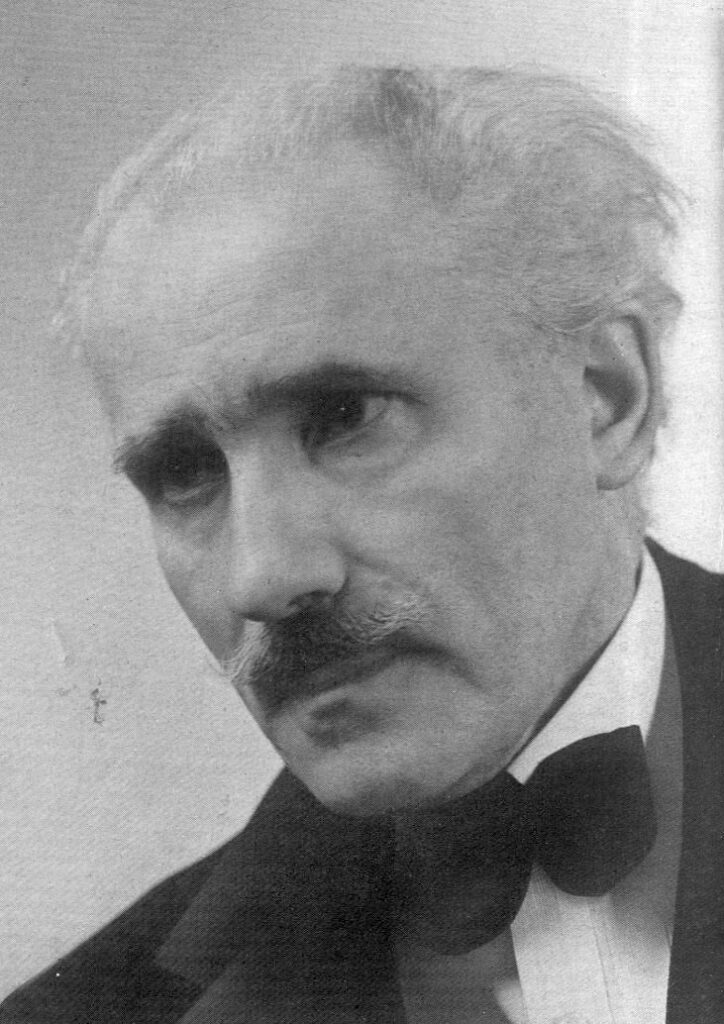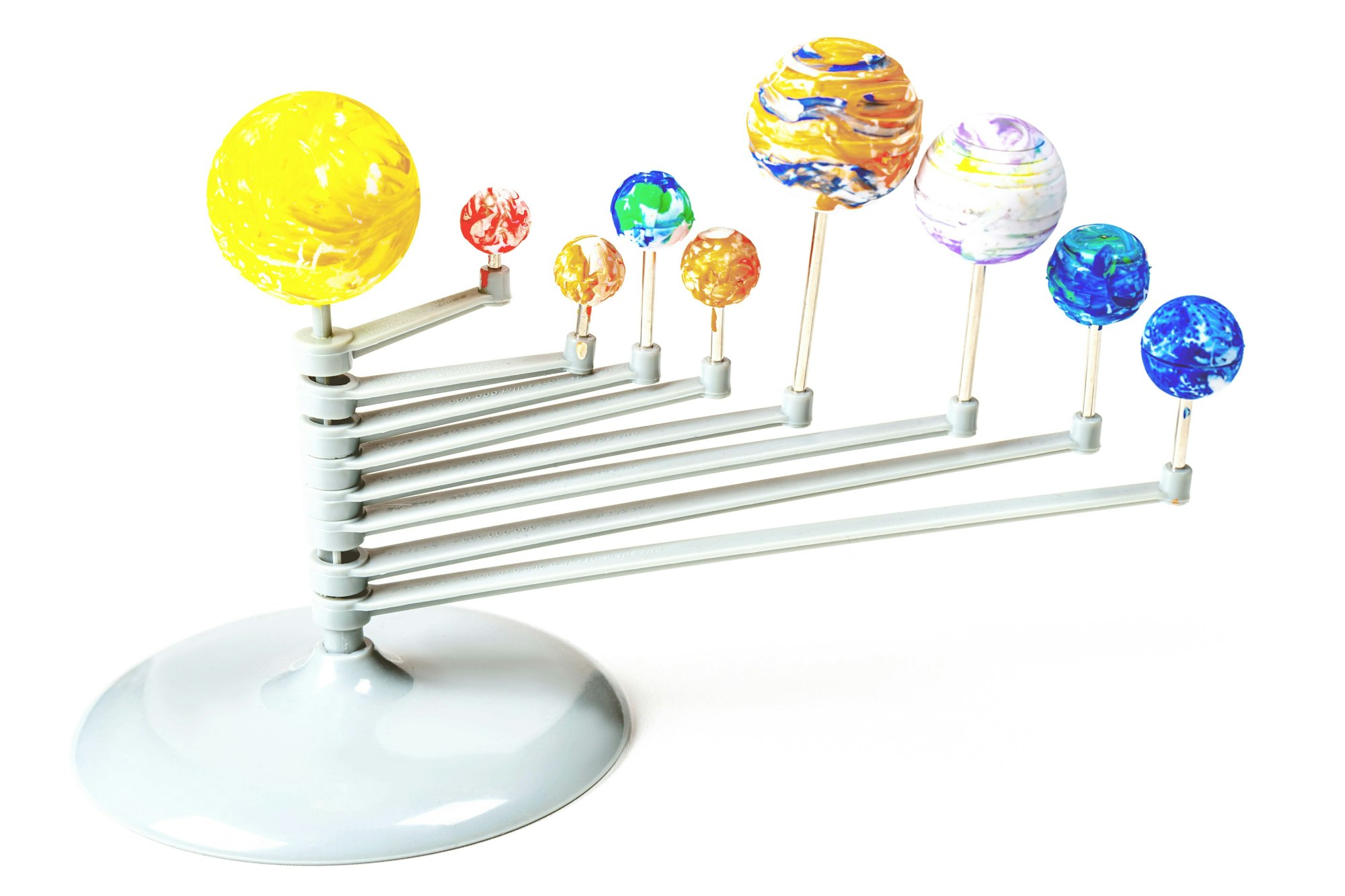Part Four: Auditory & Verbal Memorization Techniques
BY MEGHAN VANCE • March 11, 2024
When it comes to learning styles applied to memorizing your music, verbal, and especially auditory styles may seem like a no-brainer. How can you memorize a piece of music without using your ears? Or sing a song without verbalizing it?
The problem is that many novice musicians do learn pieces like no-brainers: they simply play the piece over and over from beginning to end, memorizing by rote. Though this does help to form both auditory and muscle memory, difficulties arise when the musician hits a wrong note in performance – the flow of both auditory and muscle memory have been interrupted, and often the musician can’t recover.
So how can you strengthen your memory by using verbal and auditory techniques?
AUDITORY, NOT VERBAL, MEMORIZATION TECHNIQUES

Let’s begin by looking at techniques that are strictly auditory. The first technique is very much like the rote practice described in the introduction, but even easier: listen to recordings of your song.
As long as you choose good recordings, you’ll hear your piece performed correctly, well, and at performance speed, all things you won’t hear when you begin practicing the song. You can even play the recordings while you do other things, like homework or dishes. Pay attention to the differences between each recording and how they differ from your own musical choices to make your memory even stronger.
A second auditory technique is to memorize each part individually. Most people, even non-performers, can sing the melody. Can you sing along with the bass part? The inner harmonies? Can you tap the regular rhythms and distinct cues of the percussionist?
One musician who applied this approach was a 19-year-old cellist, performing with a touring opera company. He memorized not only his part, but the entire two-and-a-half hour opera. When the company was in sudden need of a conductor, the cellist’s fellow musicians convinced him to step into the role. Toscanini went on to become a very well-known conductor; classical-music.com listed him in their “20 Greatest Conductors Of All Time.”
AUDITORY & VERBAL MEMORIZATION TECHNIQUES
All verbal techniques are auditory techniques, because you’re both saying something and hearing yourself say it. Try saying different things aloud as you practice: note names, chords, fingerings, bowings, etc. This will strengthen your memory by helping you to focus on individual aspects of the music. Can you say the same things aloud as you play the music by memory?
What about without even hearing the music? Rick Wormeli, in his article for AMLE recommends saying the memorized information while looking into someone’s eyes, even if it’s your own eyes in the mirror: “Looking at just our eyes in the mirror is a little unnerving and doing so as you recall the information helps solidify the memory; we really have to focus.”
AUDITORY & VERBAL & STRUCTURAL MEMORIZATION TECHNIQUES
Since we’re working to use as many parts of our brains to memorize our music as we can, why not combine structural techniques learned from last week’s article with verbal and auditory techniques? Try saying the sections of your song aloud. Make it even better by saying the sections at volumes that correspond to the dynamics. Wormeli even suggests students have fun using “different accents or impersonated voices” to memorize information. Maybe your loud-obnoxious-salesman voice represents forte, and your demure-British-grandmother voice represents mezzo piano.
If you’re working to memorize actual lyrics, flashcards can be a great tool. Put the first word of the phrase, sentence, or verse on the front of the card. Can you finish the idea? If not, turn the card over to read the answer aloud. Iris Reading recommends using acronyms and other mnemonic devices. They describe an acronym as a word “formed by combining the first letters in a string of words—for instance, LED (Light-Emitting Diode).” Their device for memorizing the order Mercury, Venus, Earth, Mars, Jupiter, Saturn, Uranus, Neptune, and Pluto is by using the slogan “My Very Educated Mother Just Showed Us Nine Planets.”

In next week’s installment, we’ll look at the other part of memorizing by rote: muscle memory, and how it can be strengthened by kinesthetic and spatial memorization techniques.

